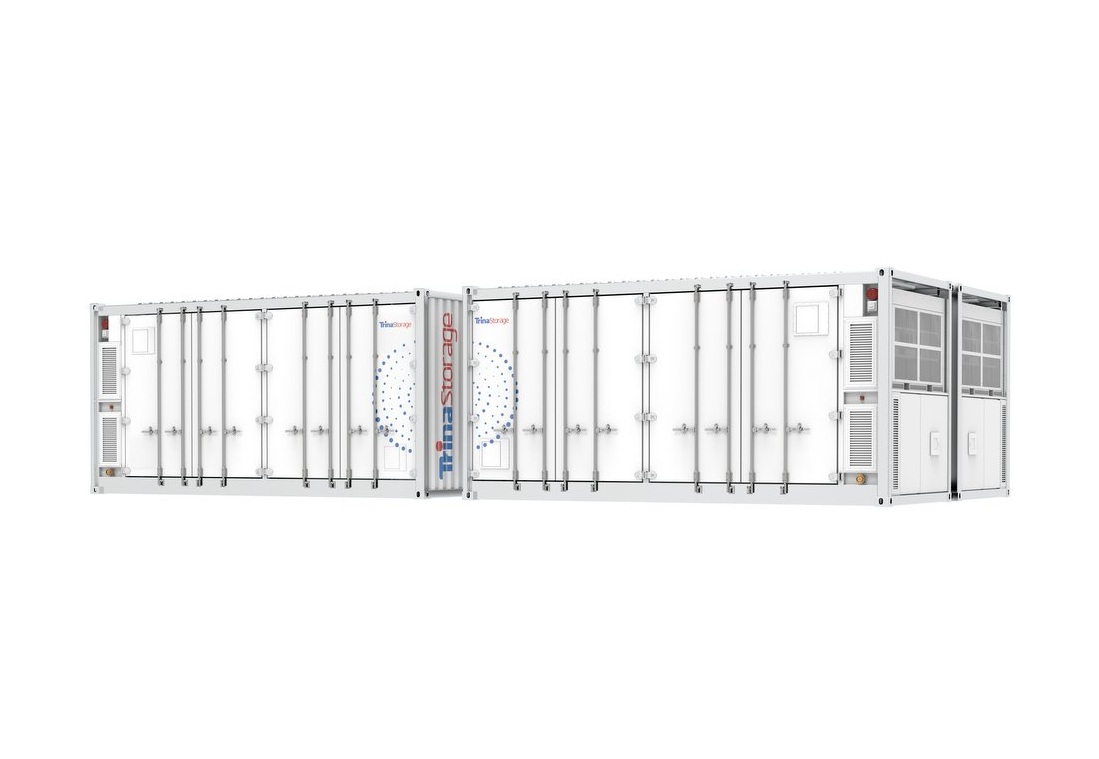Less than meets the eye: Transformer shortages could derail U.S. solar and grid projects, WoodMac warns
A new Wood Mackenzie analysis finds U.S. transformer supply deficits will reach 30% for power units and 10% for distribution in 2025, driving up costs as tariffs and policy shifts hit clean energy projects

The supply chain bottlenecks for transformers are about to get worse, according to a new Wood Mackenzie report. The analysts warn that U.S. power transformers will face a 30% supply deficit in 2025, with distribution transformers trailing at a 10% shortfall.
The “Untangling the US transformer supply chain crisis” report notes that since 2019, demand has exploded—116% higher for power transformers, 41% higher for distribution. Blame a perfect storm: rising electricity use (up 7% since 2020, after a decade of flatlining), aging grid equipment, and the massive pipeline of clean energy projects waiting for interconnection.
“This surging transformer demand has created a significant supply deficit, with domestic manufacturing capacity unable to keep pace,” said Ben Boucher, Senior Analyst, Supply Chain Data & Analytics at Wood Mackenzie.
Supply has not kept up, with imports doing the heavy lifting, covering 80% of power transformer supply and half of distribution transformer supply.
“This market imbalance is escalating costs and lead times and is delaying our ability to bring generating plants online in pace with the surging energy demand,” Boucher says.
Tariffs and OBBB make matters worse
The tariff hammer is swinging hard. New trade measures—including a 50% tariff on copper kicking in this August—are poised to spike unit costs across both imported and domestic transformers. WoodMac also flags impacts from Trump’s “One Big Beautiful Bill” (OBBB), which cuts clean energy supports and further warps demand forecasts for step-up transformers.
Some relief—but not nearly enough
OEMs have announced $1.8 billion in North American factory expansions since 2023, but WoodMac cautions the gap will persist well into the 2030s. The firm argues that fixing this will require coordination on multiple fronts.
Boucher: “The path forward requires coordinated action across multiple fronts. Utilities must embrace standardization to unlock manufacturing efficiencies, while policymakers need to balance trade protection with supply security. Investment in workforce development and raw material supply chains will prove equally critical. Without decisive intervention, extended lead times and elevated costs will become the new normal, potentially derailing grid modernization efforts and clean energy deployment.”
Until then? Extended lead times, ballooning costs, and frustrated project developers may become the “new normal.” Not exactly the recipe for hitting U.S. grid modernization or clean energy deployment targets.





Comments are closed here.